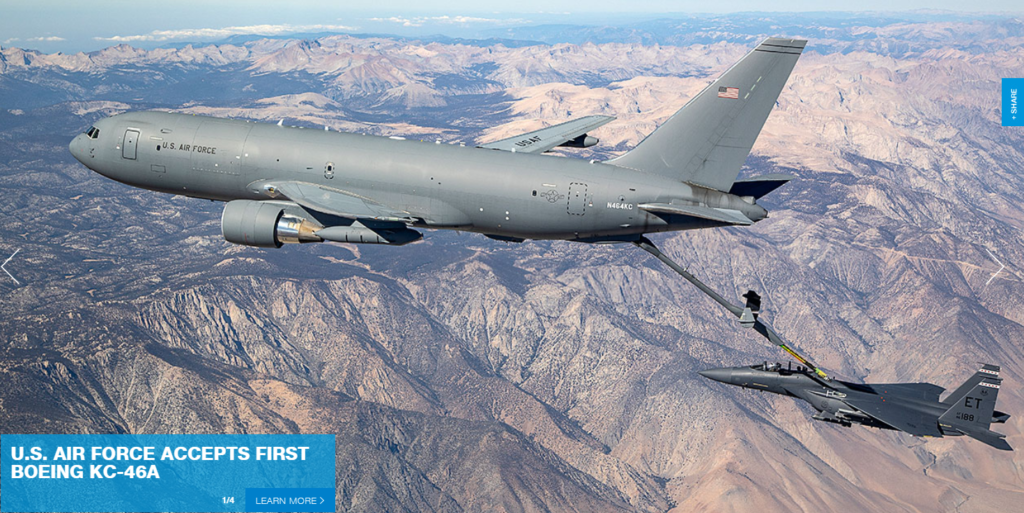Hellenic Navy Receives First Updated P-3 Orion Patrol Aircraft
Leaders from the Greece Ministry of National Defense; Hellenic Air Force, Navy and Army; Lockheed Martin and Hellenic Aerospace Industries participated in a ceremony for the delivery of the first modernized P-3 Orion. (Photo special…
